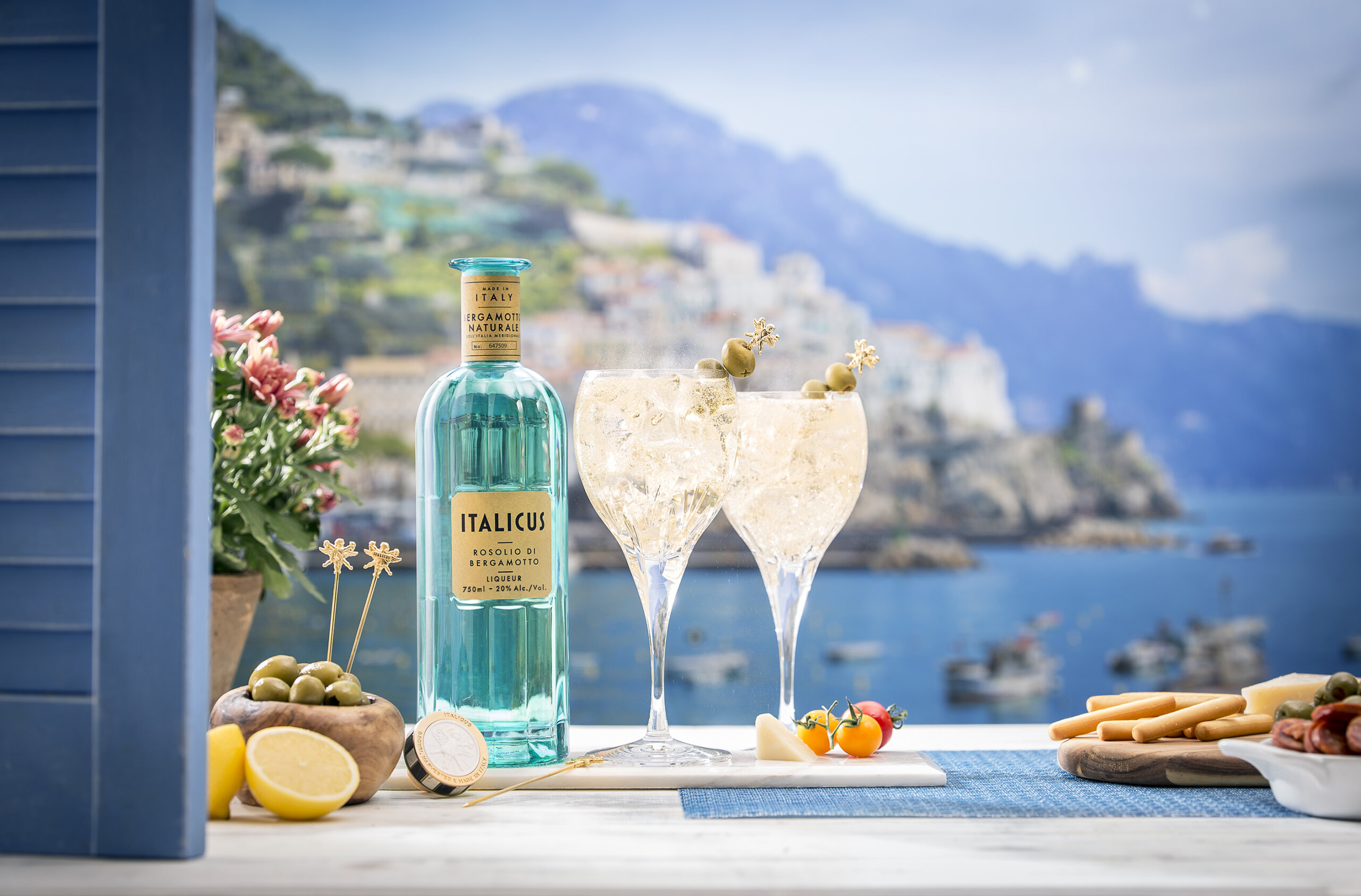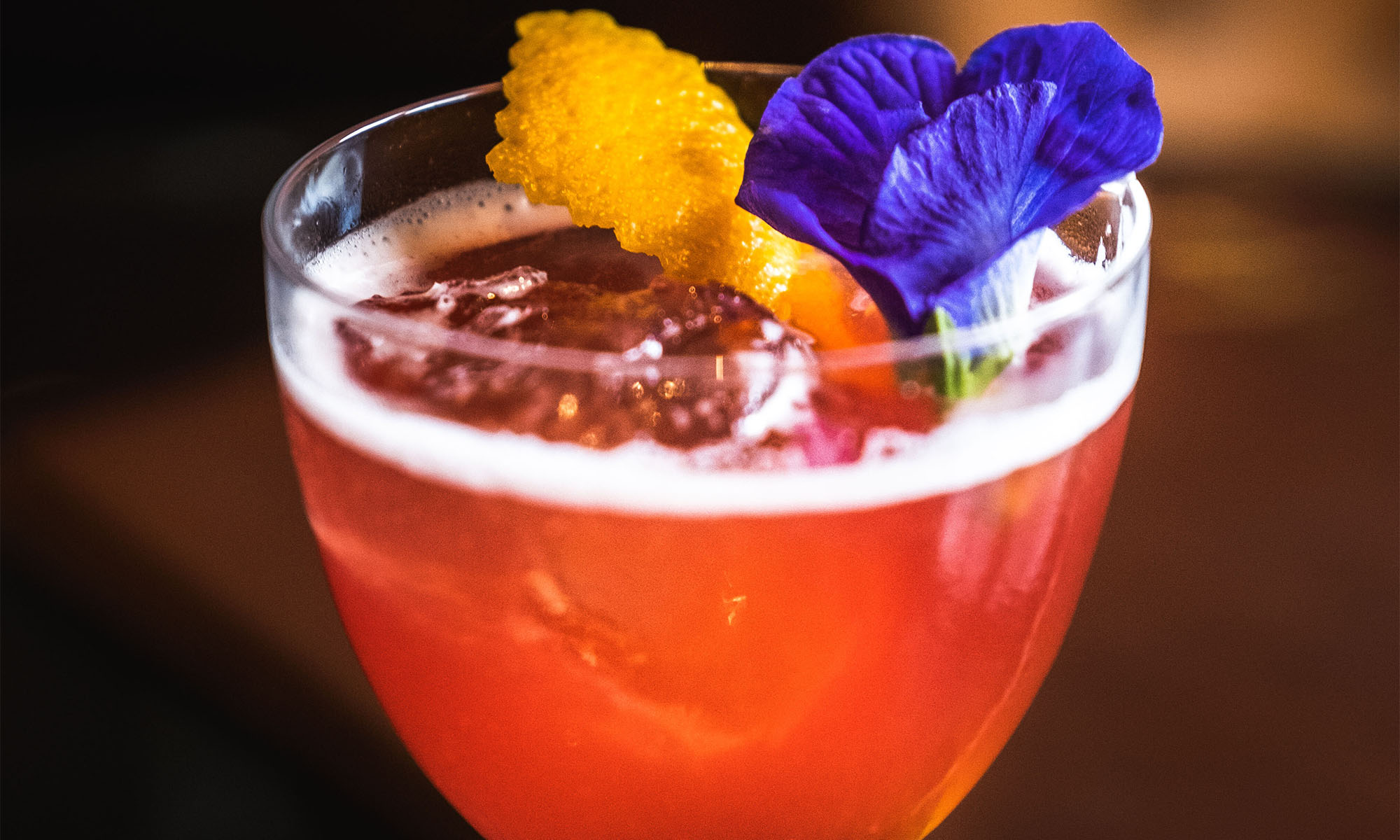Sother Teague on How to Use the Weirdest Flavored Bitters in a Cocktail
By Sean Hudgins
Using Eclectic Bitters: The DOs and DON’Ts
When a cocktail recipe calls for bitters, the default standard has always been Angostura, the herbal, aromatic tincture with the oversized label. But throughout the cocktail renaissance, Peychaud’s, citrus favorite Regan’s Orange No. 6, and even chocolate variants from modern producers like Bittermens have all gone from novel bar products to industry mainstays. As the demand for inventive cocktails increases, so does the breadth of obscure bitters, with flavors including everything from tobacco to seaweed.
Although we’re all about experimentation, it can be difficult to effectively use these strange-flavored bitters in a cocktail. So we turned to Amor y Amargo barman, author, and all-around bitters expert Sother Teague for the DOs and DON’Ts of using eclectic bitters.
DO Select Your Bitters Carefully
“Odd for the sake of odd tends not to survive,” Teague says of the countless bitters that have cycled through the shelves of his East Village bar. He suggests that while certain flavors may excite because they are trending in the current food landscape or have a certain shock value, they don’t always translate well into cocktails. “I’ve had many come and go,” he adds. “Truffle was my least favorite.”
DO Smell Your Bitters
“Grab a bottle and give it a shake,” Teague recommends. “This is not to stir it up, but to release aromatics.” This is similar to swirling a glass of wine or putting a drop of water into cask-strength whisky to open it up. Smelling is the first and most important step in properly assessing your new bitters because, according to Teague, “aroma is 90 percent of flavor.” As such, smelling the tincture prior to tasting it is the best way to get a sense of just what that bottle of Burlesque Bitters is all about.
DON’T Be Bound by Rules or Standards
“There are no rules!” Teague proclaims of only holding to traditional flavor combinations when pairing bitters with spirits. He suggests that some cocktail creations are a matter of personal taste, so a bitters combination that doesn’t work for one guest may be delicious to another. “I may not like tart cherry saffron bitters in my Martini, but that may sound perfect for you,” he says. “The biggest failure is not using them.”

Photo by Adam Jaime/Unsplash
DON’T Force It
“Often, we get so excited by something new, we feel obligated to force it into places where it shouldn’t go,” Teague notes. Some bartenders may want to use their shiny new bitters so badly they wind up shoehorning them into too many drinks on the menu, or jamming them into a recipe where they don’t fit. While everyone is entitled to creative liberty, sometimes we must accept that the strawberry rhubarb bitters aren’t playing nicely with the Rusty Nail riff. “Hopefully this pot-shooting leads to better drinks through judicious R&D,” he adds.
DO Trust Your Palate Memory
Just like a certain smell can bring us back to a specific memory or time of life, your mind can reconstruct the flavor of something you’ve tasted before. Trusting these instincts is one of your best tools when experimenting with new flavors of bitters, because your palate won’t lie to you.
“If you follow your palate memory, you’ll likely never make a mistake,” Teague says. “You can mentally taste things without having them on hand. If you think about anchovies, you can ‘taste’ them—oily, salty, fishy. Now think about chocolate ice cream—creamy, chocolatey, rich, frozen. Now think of them together. If you think that would be good, it will be—for you. It sounds terrible to me.”
DO Build Out Your Trusted Bitters Toolkit
Effectively implementing various bitters into a menu requires selecting flavors that elevate the style of drinks a given bartender likes to make. This is going to be different for everyone depending on the kinds of cocktails your bar serves, as well as your own palate’s preferences.
“The brand 18.21 Bitters from Atlanta makes Barrel Aged Havana & Hyde Bitters—smoky and leathery, great in a Cognac Old Fashioned,” Teague affirms. But it’s important to note that not all flavor profiles like ‘“smokiness” are the same, so one won’t necessarily be the right smoke flavor for all the drinks on your menu. For Bloody Marys and Martinis, for example, Teague suggests a few drops of Memphis Barbecue Bitters from Santa Fe producer The Bitter End, which he describes as “spicy-sweet with hints of smoke” that can really “liven up” these classics.

Sother Teague
Sother Teague encourages bartenders to treat bitters—eclectic and otherwise—like a versatile set of tools that elevate and enhance the other flavors already present in a cocktail. They may not be the star of the show, but when cleverly introduced, they can bring a drink to the next level. “Your Daiquiri will be great without them,” Teague notes, “but a dash of lime bitters will make it excel.”









